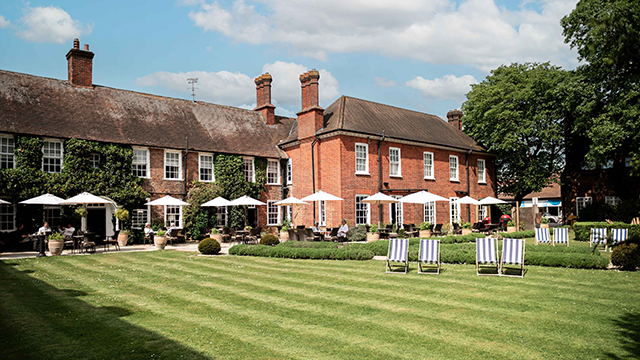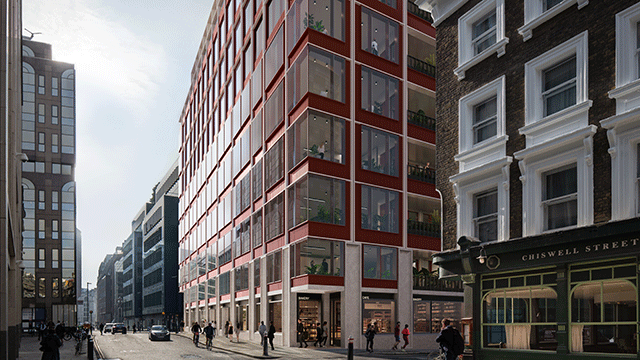Appropriation of land for planning purposes – Compensation – Section 237 of Town and Country Planning Act 1990 – Claimant’s right of way blocked as a result of appropriation of servient tenement for planning purposes – Whether entitled to compensation for “taking” of easement to be assessed by reference to ransom value – Whether compensation confined to diminution in value of claimant’s land – Preliminary issue determined in favour of compensating authority
The claimant owned a furniture shop in Dereham, Norfolk, with a separate workshop building to the rear. Until 2004, the claimant was able to gain access to the workshop building by an access way that crossed the adjoining land of the district council; the way was wide enough for a large furniture van and was the subject of a right of way in favour of the claimant’s land. However, in 2004, the council confirmed a resolution to appropriate their land to planning purposes, pursuant to section 122 of the Local Government Act 1972. The access way was consequently blocked as a result of development works on the council’s land. The claimant sought compensation, under section 237 of the Town and Country Planning Act 1990, for the interference with his easement; by section 237(4), such compensation was payable in accordance with section 63 or 68 of the Lands Clauses Consolidation Act 1845 or section 7 or 10 of the Compulsory Purchase Act 1965, to be assessed “in the same manner and subject to the same rules as in the case of other compensation under those sections in respect of injurious affection”: see section 237(4)(b).
The council, as compensating authority, accepted that the claimant was entitled to compensation for injurious affection, consisting of the diminution in value of the shop premises as a consequence of the loss of the right of way. However, the claimant contended that he was additionally entitled to compensation, under section 63 of the 1845 Act, for the “taking” of his right of way, based on its market value; he contended that this included a “ransom value” representing the amount that he could have extracted, as a proportion of the development value of the council’s land, in return for agreeing to the extinguishment of the easement. A preliminary issue was tried as to whether such compensation was payable.
Decision: The preliminary issue was determined in favour of the compensating authority.
Compensation under section 237(4) was payable in respect of injurious affection only. The claimant was not entitled to have compensation assessed on the basis that an interest in land had been acquired from him.
Where land was acquired or appropriated for planning purposes, that did not involve works carried out under statutory powers or a statutory scheme of development; accordingly, any consequent interference with an easement would constitute a private nuisance were it not made lawful by section 237. Section 237(4)(b) prescribed the manner in which compensation for such interference was to be assessed and had nothing to do with the circumstances under which the interference with the interest or right arose. Compensation was to be assessed as it would be under sections 63 or 68 of the 1845 Act, or section 7 or 10 of the 1965 Act, in respect of injurious affection. It was not to be assessed as though the land had been taken. The basis of compensation for injurious affection, under the relevant sections of the 1845 and 1965 Acts, was the diminution in the value of the retained land: Hoveringham Gravels Ltd v Chiltern District Council (1978) 35 P&CR 295 and Argyle Motors Ltd v Birkenhead Corporation [1975] AC 99 applied. Since compensation for injurious affection under section 237(4) was to be assessed on the same basis, it could not include ransom value.
Christiaan Zwart (instructed by Stevensons Solicitors, of Dereham) appeared for the claimant; Barry Denyer-Green (instructed by the legal department of Breckland District Council) appeared for the compensating authority.
Sally Dobson, barrister






